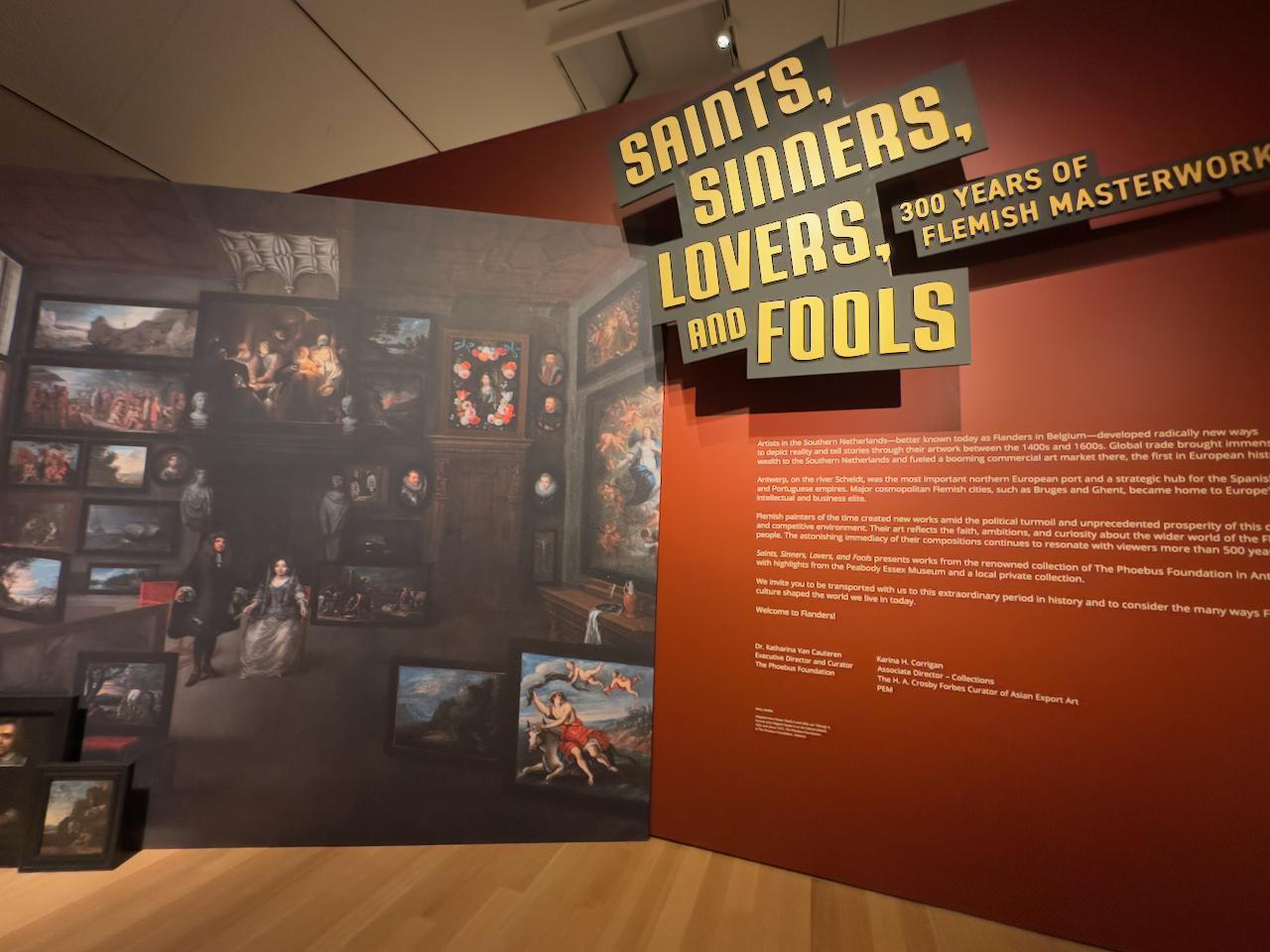Visiting the Peabody Essex Museum (PEM) in Salem, Massachusetts, was an experience that far exceeded my expectations. Known for its diverse collections, rich maritime history, and thought-provoking curated exhibitions, PEM offers a unique blend of art, culture, and storytelling. While I loved exploring the entire museum, what truly stood out to me was the Porcelain collection, which showcased not just the beauty of the pieces but also the fascinating history behind them.
Walking into the Peabody Essex Museum, I was immediately struck by its modern, open design, which seamlessly blends contemporary architecture with centuries-old collections. Unlike many museums that can feel overwhelming or overly traditional, PEM creates an environment that feels both immersive and inviting. The layout encourages exploration, and the natural light streaming through the galleries enhances the beauty of the artwork on display.
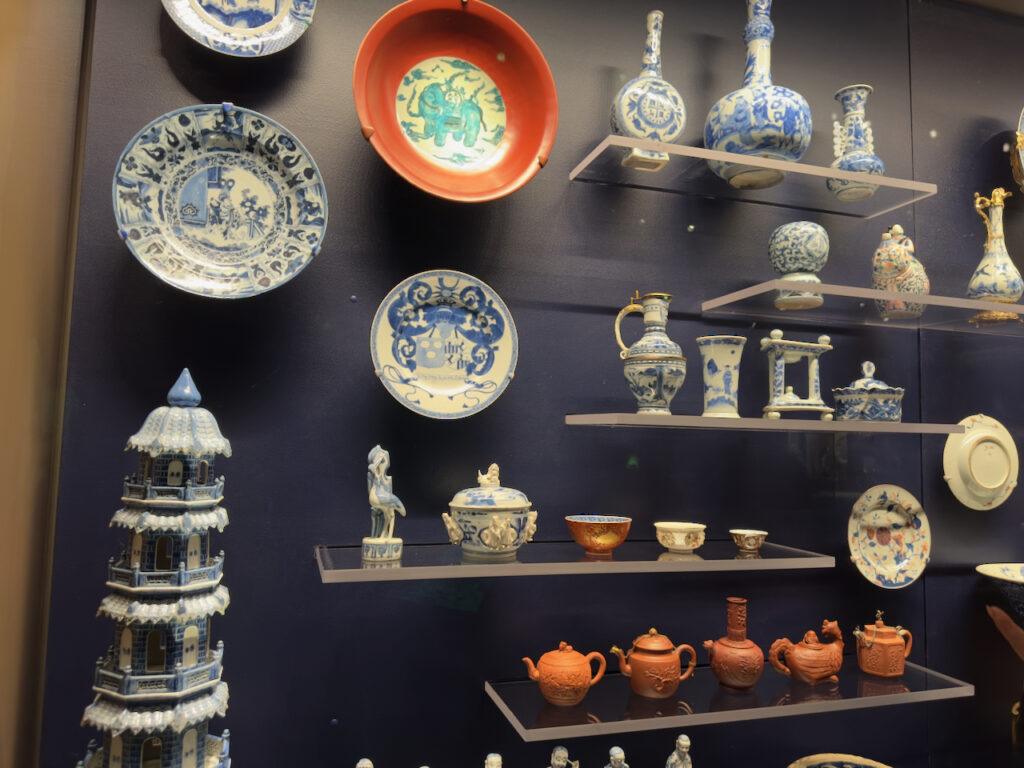
One of the things that sets PEM apart is its curatorial excellence—every exhibition feels intentional, thoughtfully arranged, and deeply engaging. Each room tells a story, connecting art to history and human experience in a way that feels fresh and relevant. Whether you’re a history buff, an art lover, or someone who simply enjoys discovering new perspectives, PEM offers something that will captivate you.
One of my favorite sections of the museum was the Porcelain collection. It’s one thing to admire porcelain as a decorative art, but seeing how PEM curates and presents these pieces truly deepened my appreciation for the craftsmanship, global influence, and historical significance of porcelain throughout the centuries.
Porcelain is often associated with elegance, refinement, and luxury, but its history is just as compelling as its beauty. Originally developed in China over a thousand years ago, porcelain became one of the most sought-after materials in the world, traded across continents and influencing art, commerce, and culture in ways few materials ever have.
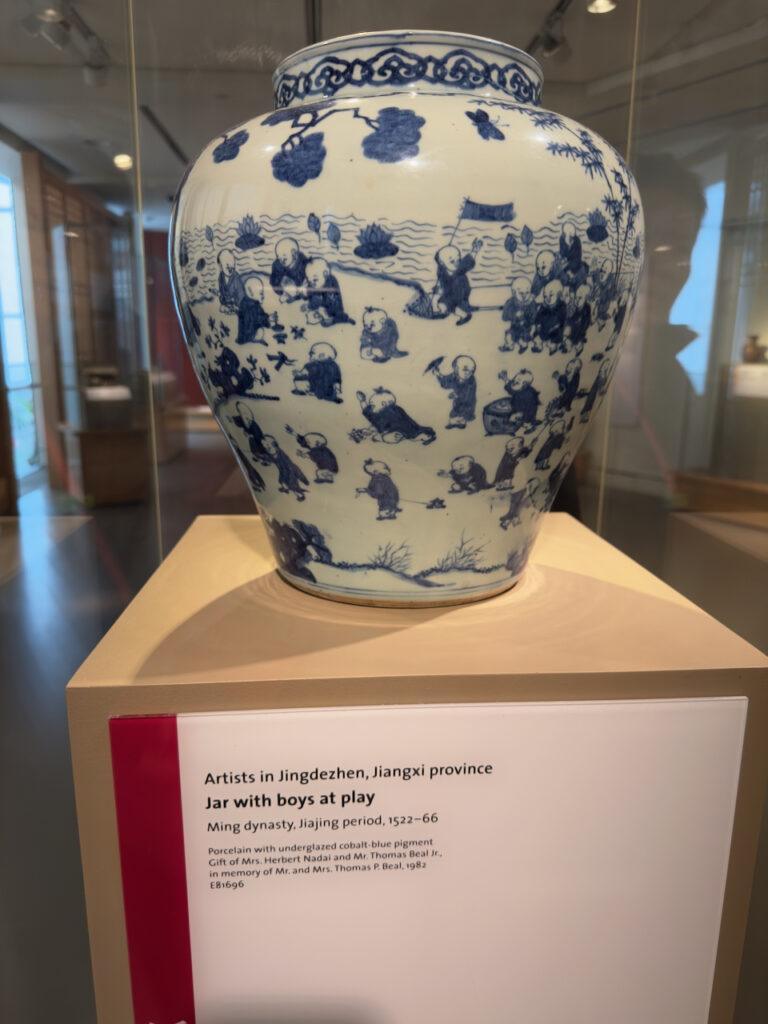
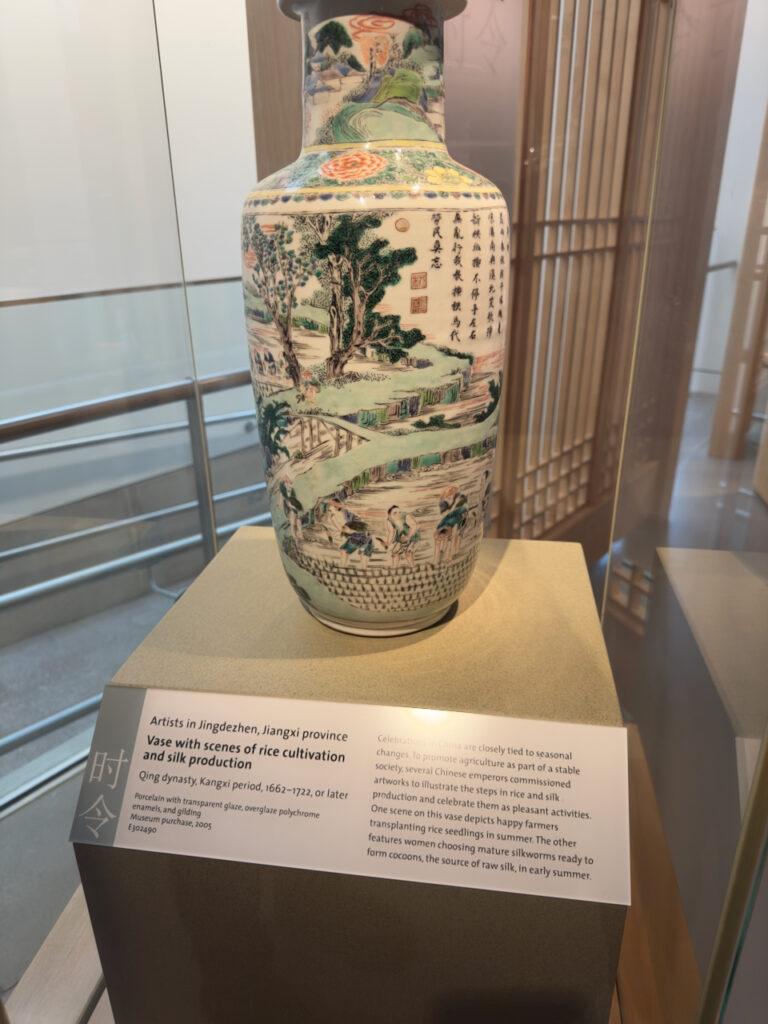


The Peabody Essex Museum’s collection does an incredible job of highlighting:
- The origins of porcelain in China and its early use in imperial and everyday settings.
- The influence of global trade, particularly how Chinese porcelain became a prized commodity in Europe, the Middle East, and the Americas.
- The evolution of decorative styles, from intricate blue-and-white Ming dynasty pieces to more elaborate, gilded European adaptations.

One of the first pieces that caught my eye was a delicately painted 18th-century Chinese export porcelain vase, decorated with intricate floral motifs and cobalt blue designs. The craftsmanship was astonishing—every detail was meticulously painted, the glaze was impossibly smooth, and the balance between simplicity and ornamentation was masterful.
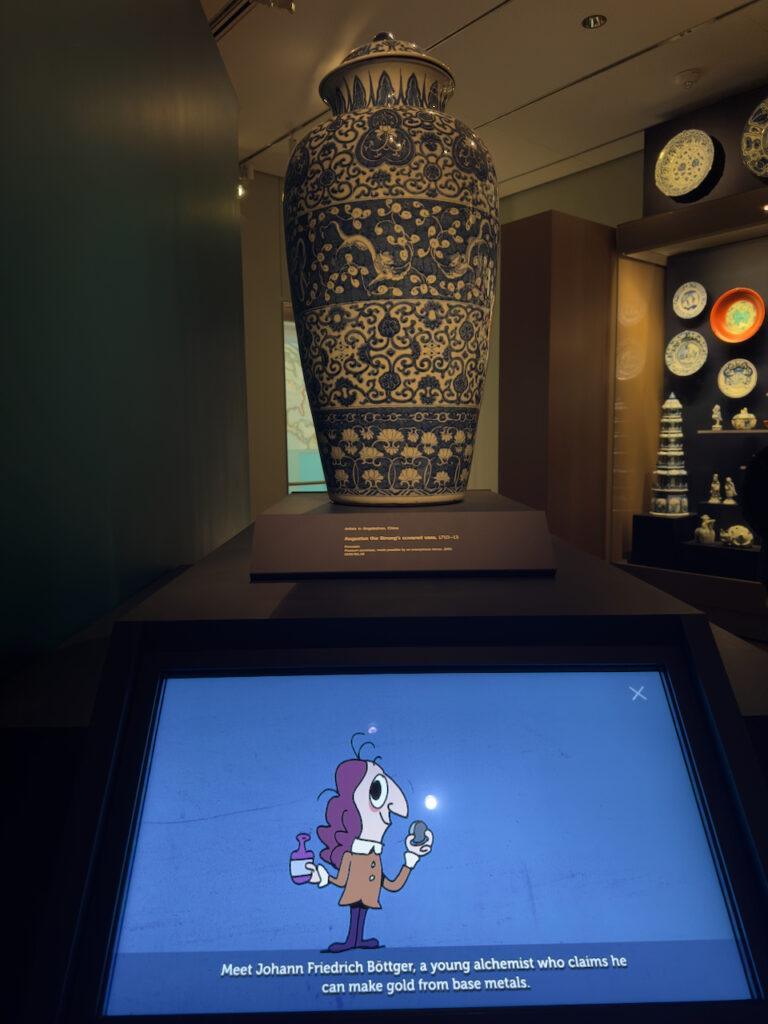
Another remarkable section featured porcelain made for the European market, including pieces commissioned by Dutch, French, and English traders. These pieces blended Eastern craftsmanship with Western artistic influences, showcasing an early example of cross-cultural artistic exchange.
One display that stood out to me was a collection of porcelain teapots and tableware, revealing the impact of tea culture in both China and Europe. It was fascinating to see how porcelain became such a major part of social rituals, aristocratic status symbols, and everyday life across different cultures.
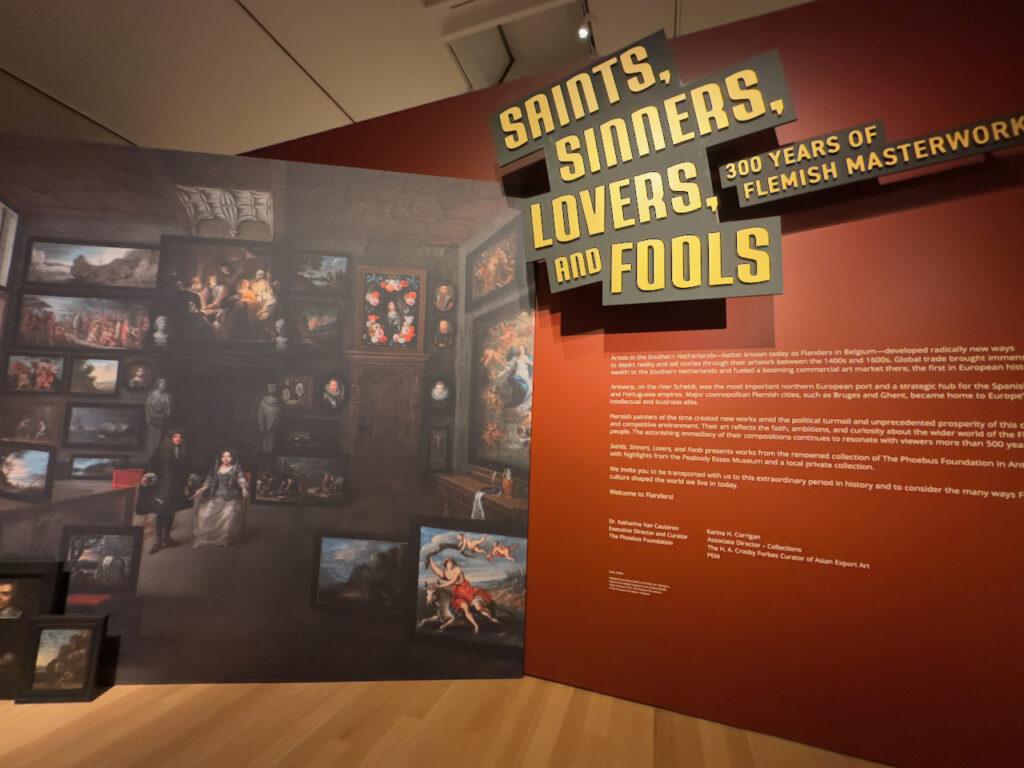
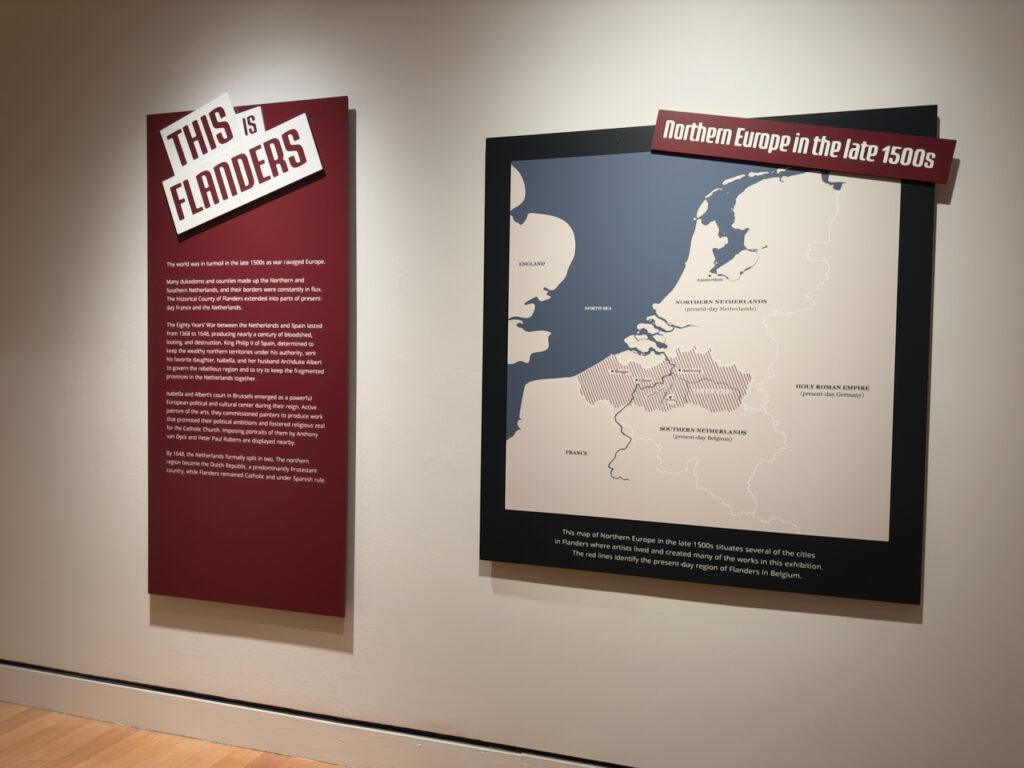
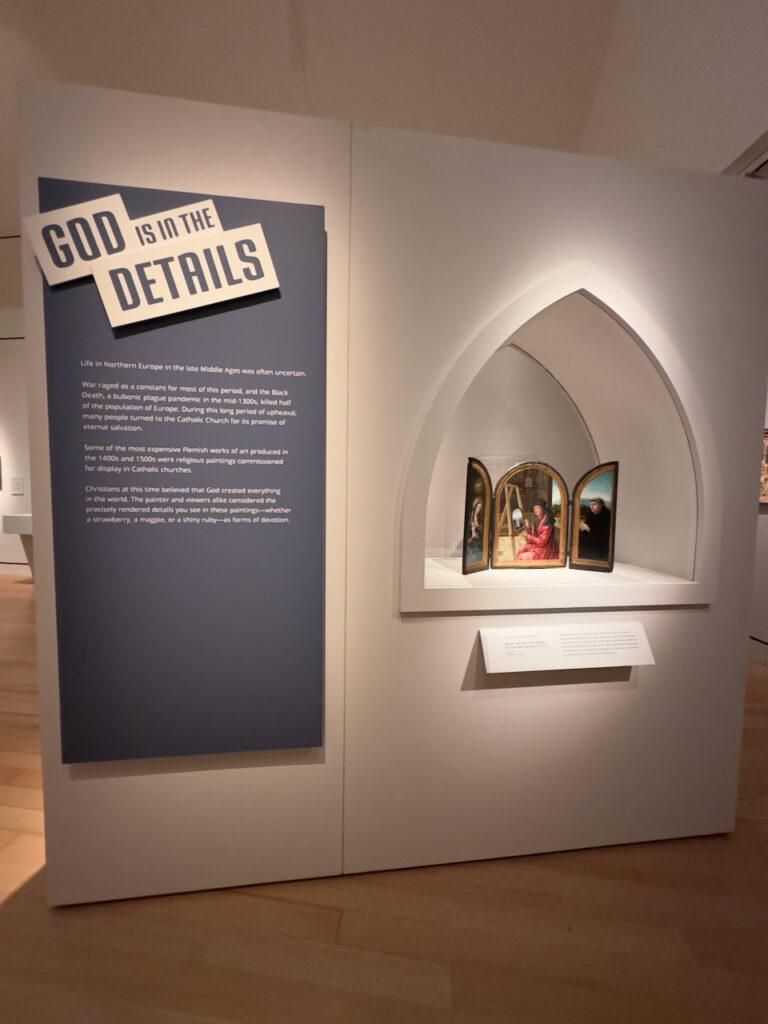
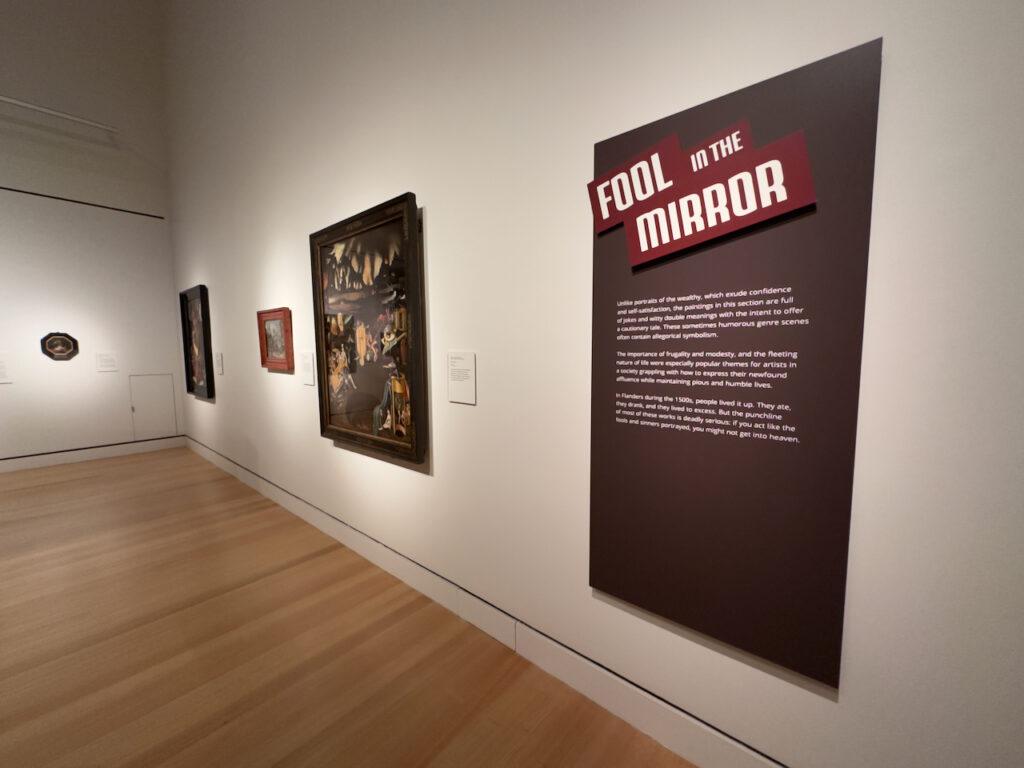
One of the hallmarks of PEM is its exceptional curated exhibitions, which go beyond simply displaying artifacts—they tell stories, ask questions, and invite visitors to think critically about the role of art in our world.
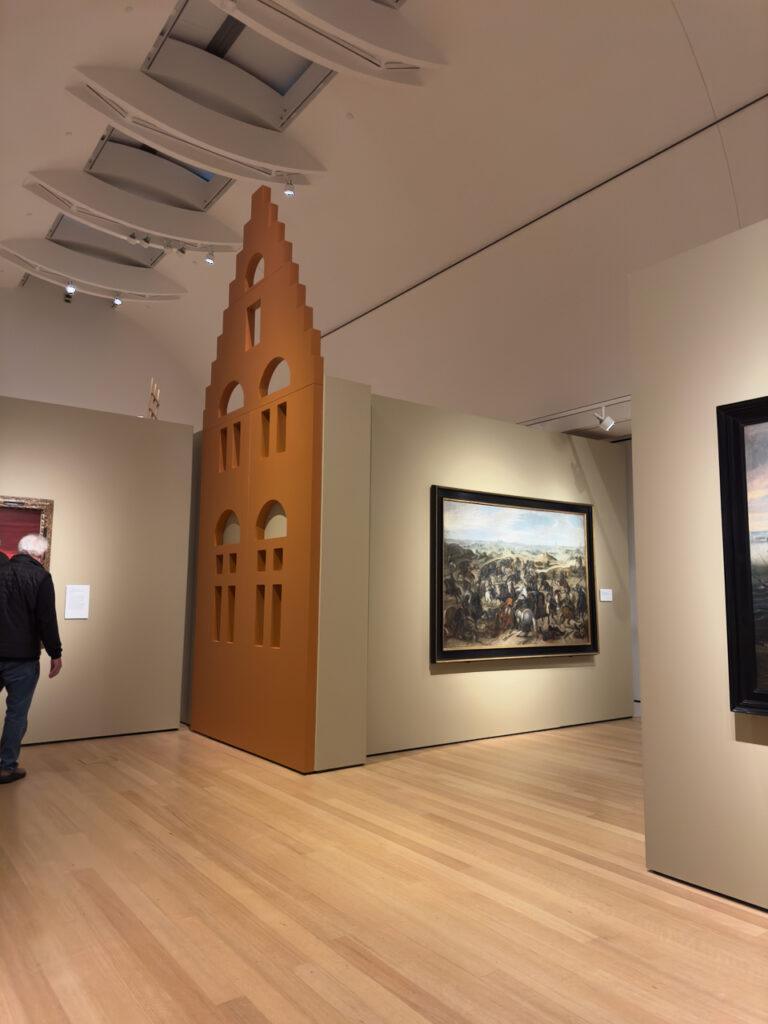
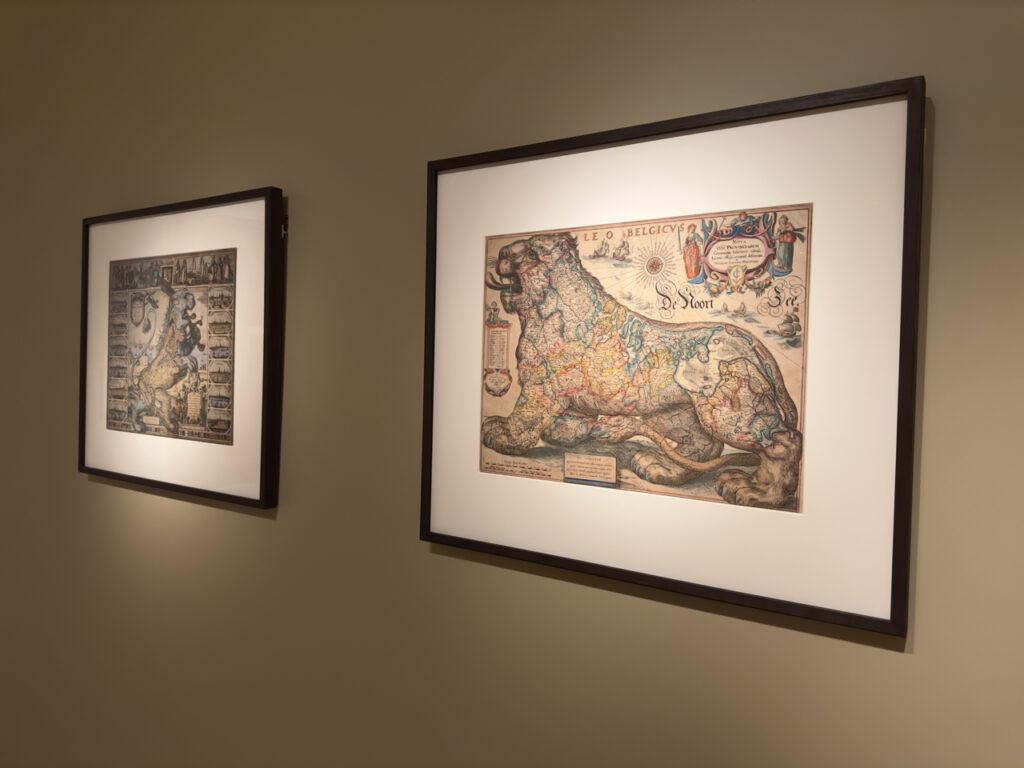
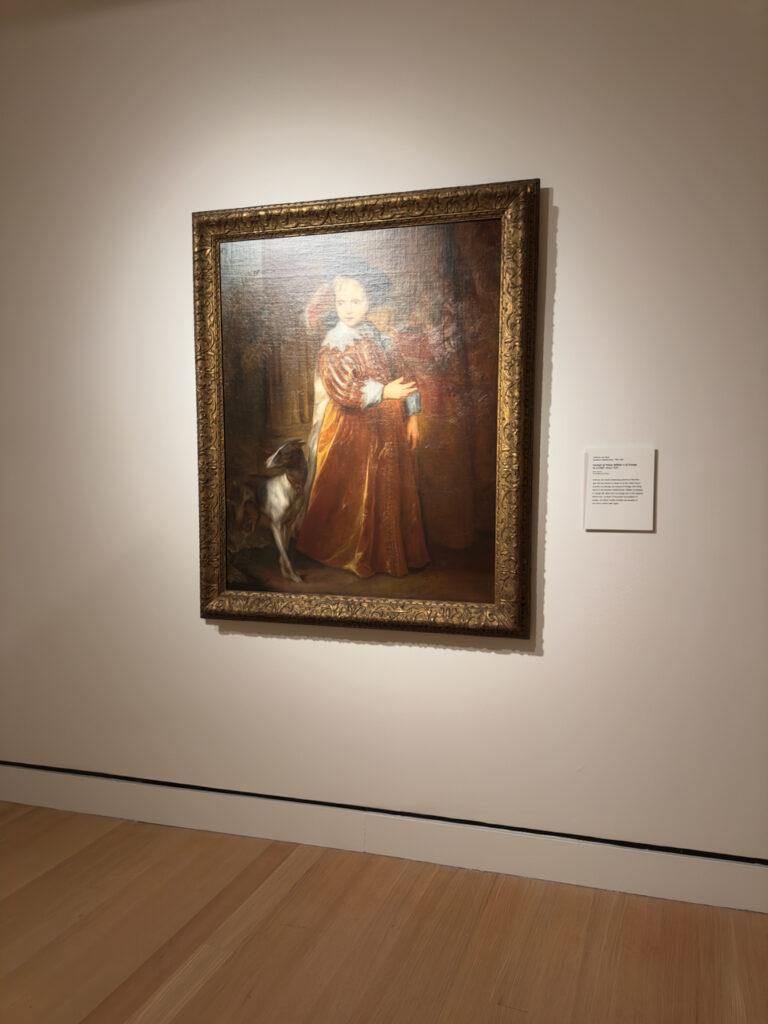
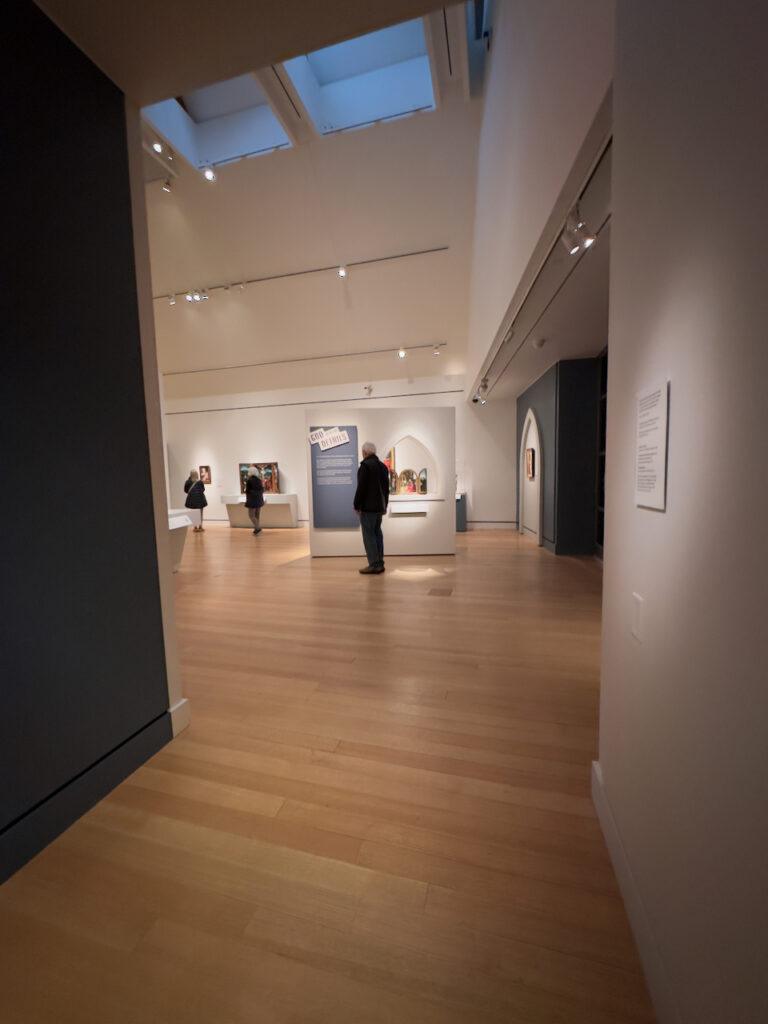
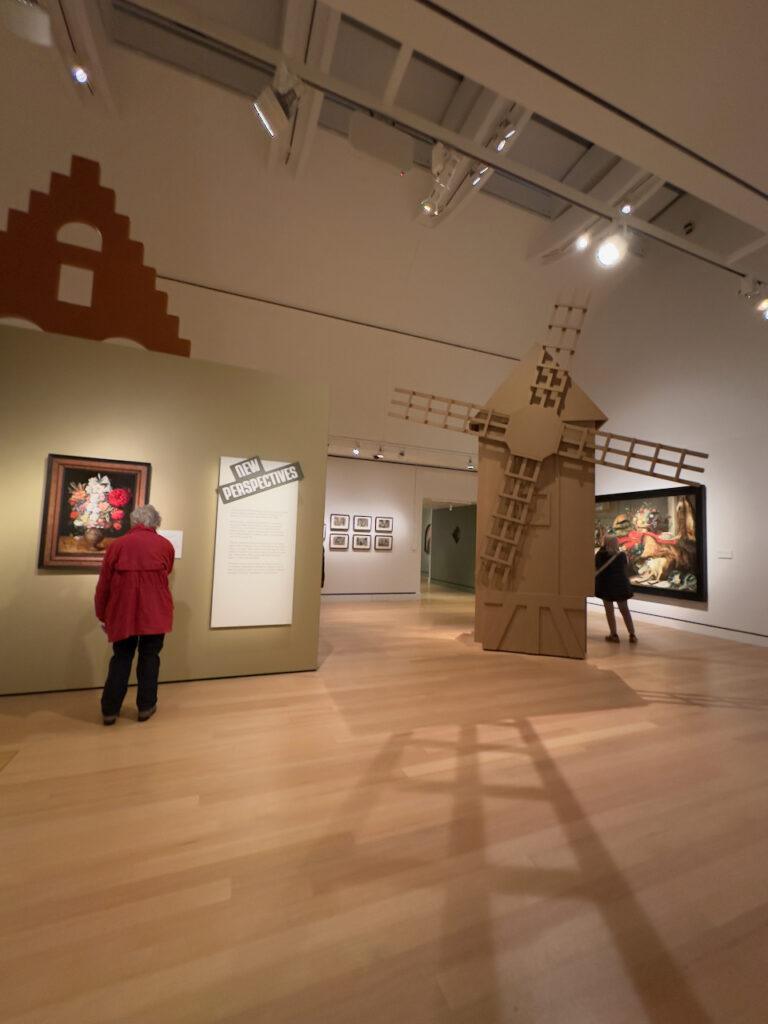
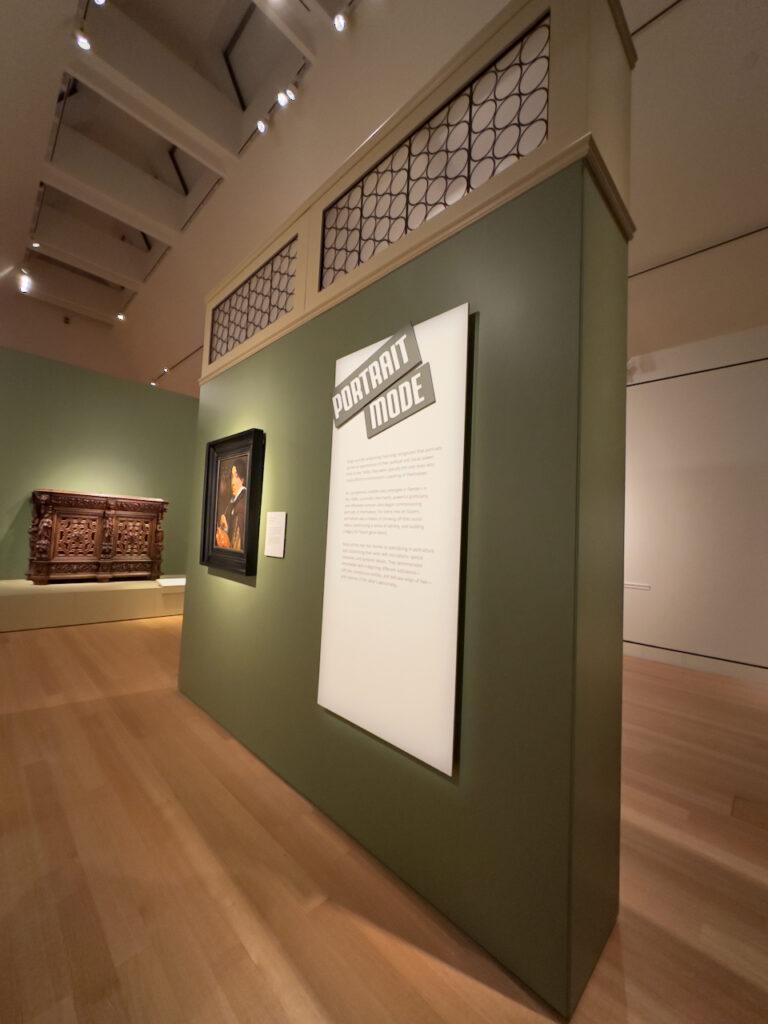
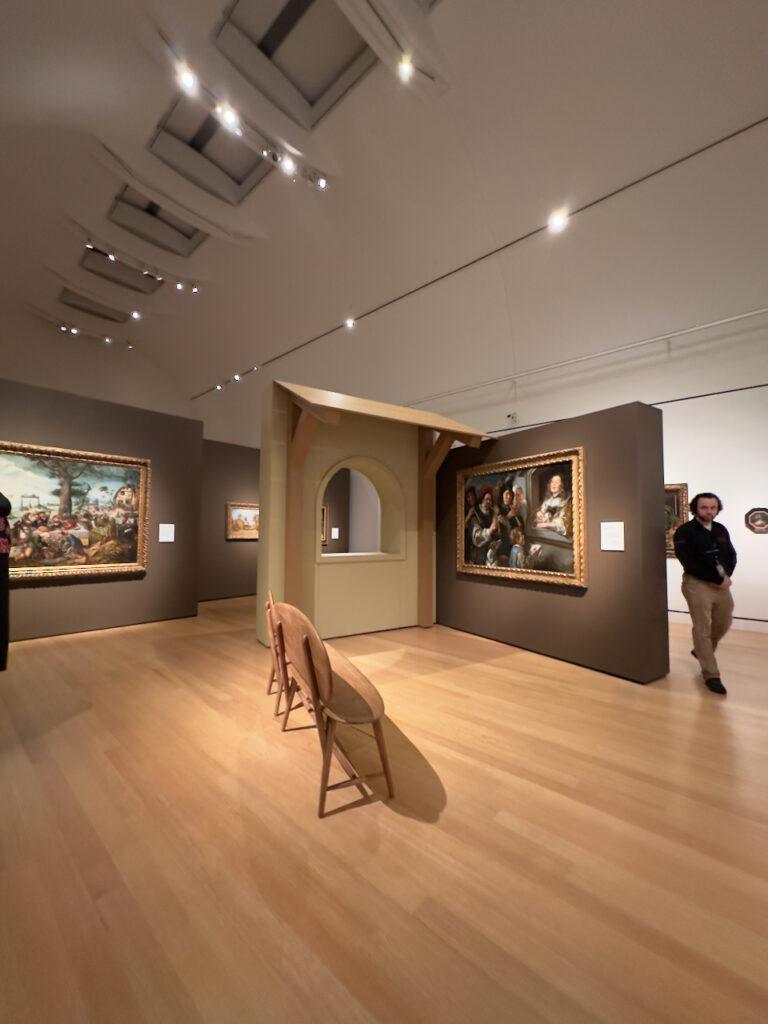

During my visit, I was particularly impressed by how PEM’s exhibitions explore global connections, cultural identity, and the evolution of artistic traditions. Some exhibitions highlight historical narratives, while others focus on modern reinterpretations of classic themes, creating a dialogue between the past and present.
- Dynamic Storytelling – Every exhibition is thoughtfully arranged, with clear themes and connections between pieces.
- Immersive Design – Lighting, layout, and multimedia elements enhance the experience.
- Cross-Cultural Perspectives – The museum emphasizes how art and history are shaped by global exchange and cultural fusion.
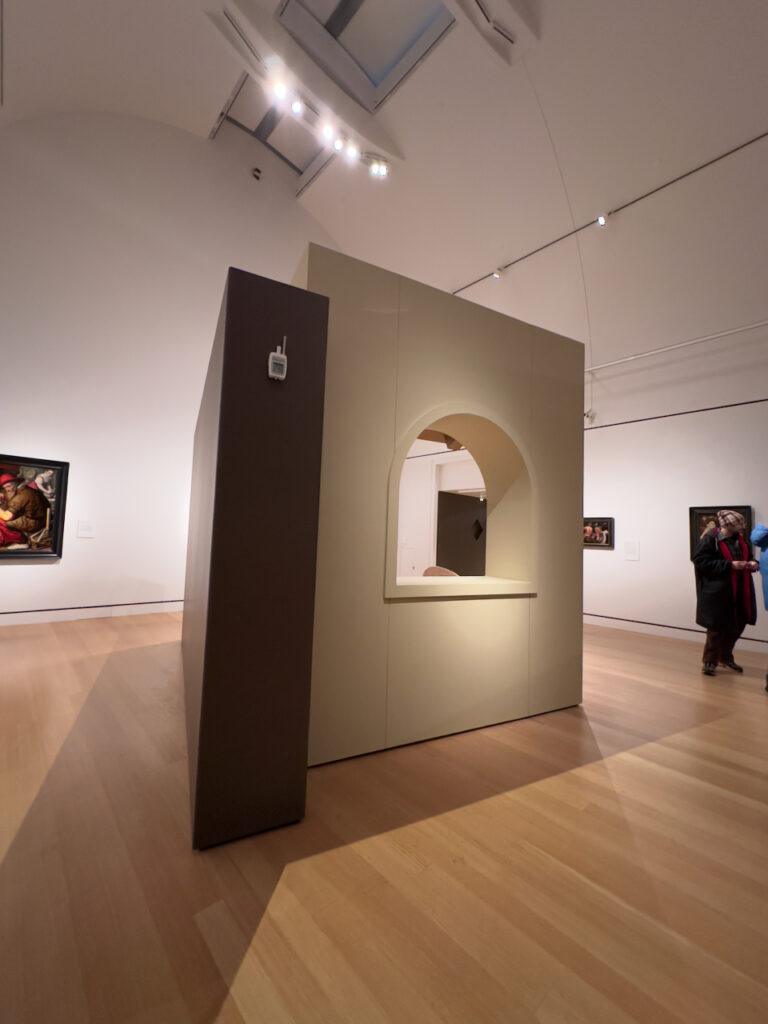

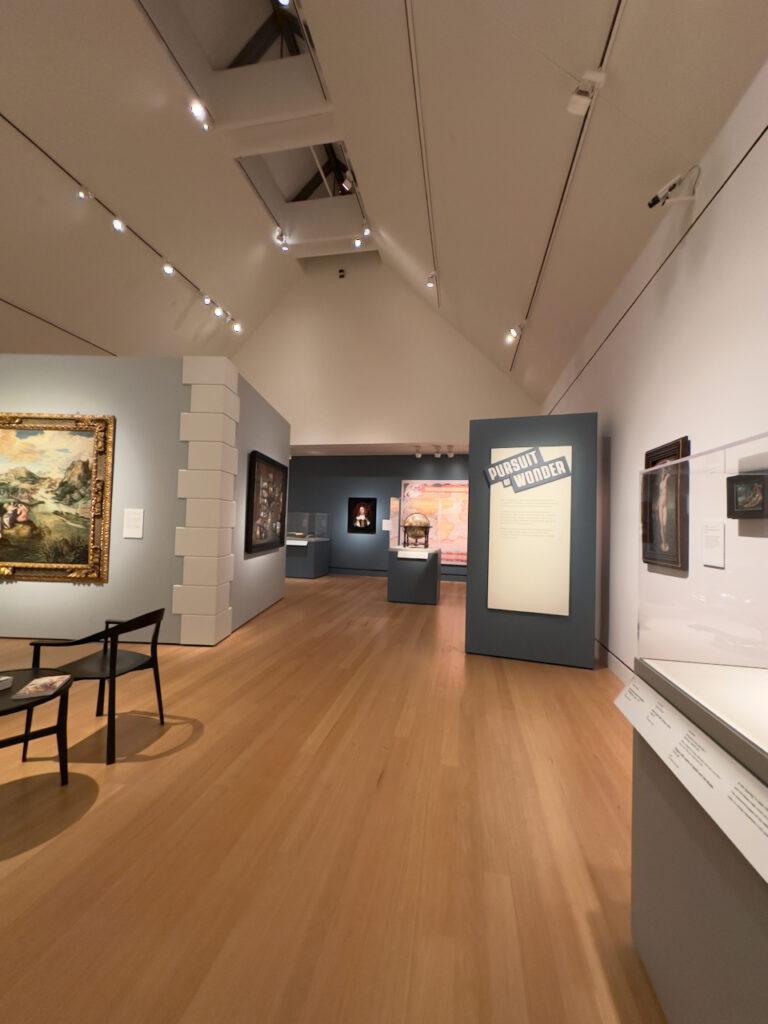
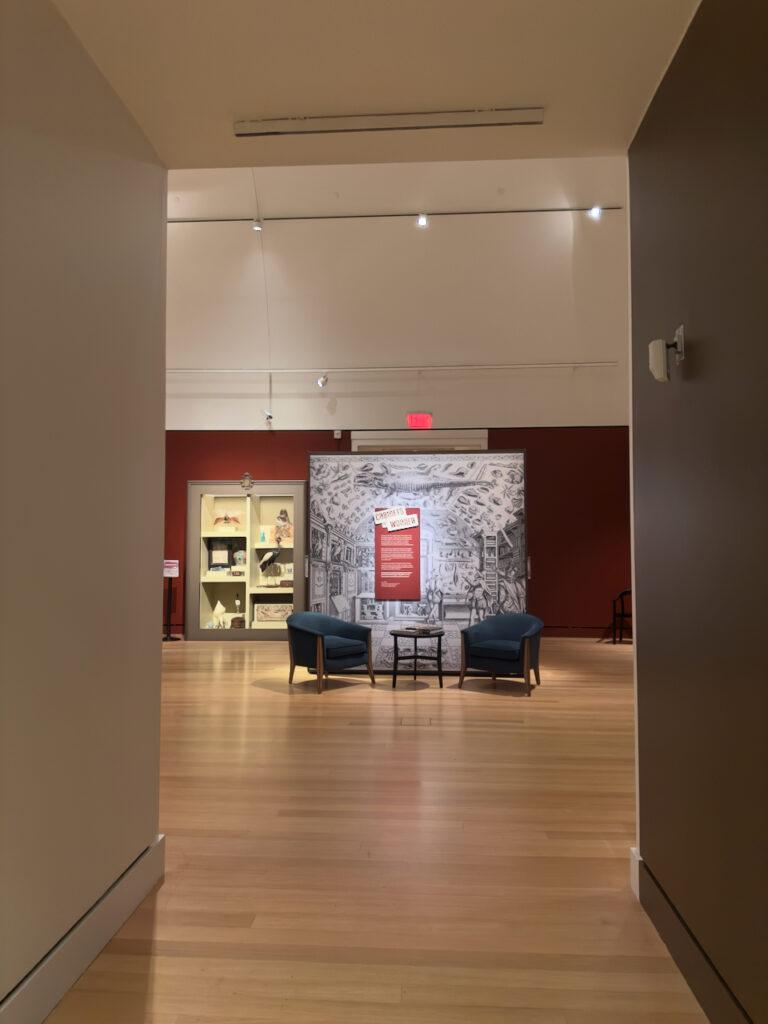
Whether you’re interested in maritime history, Asian art, American decorative arts, or contemporary exhibitions, PEM has something for everyone. Its ability to blend historical depth with modern engagement makes it one of the most exciting and well-curated museums I’ve visited.
I left the Peabody Essex Museum deeply inspired, not just by the porcelain collection but by the museum’s commitment to storytelling and artistic excellence. I already know I’ll be back—there’s so much more to explore, and PEM constantly rotates its exhibitions, ensuring that every visit feels fresh.
If you’re in Salem, Massachusetts, don’t miss the chance to explore this incredible museum. Whether you have a deep love for art or just want to experience something beautiful and thought-provoking, PEM is a must-visit destination.
Happy Relaxing!
<3 Ann

